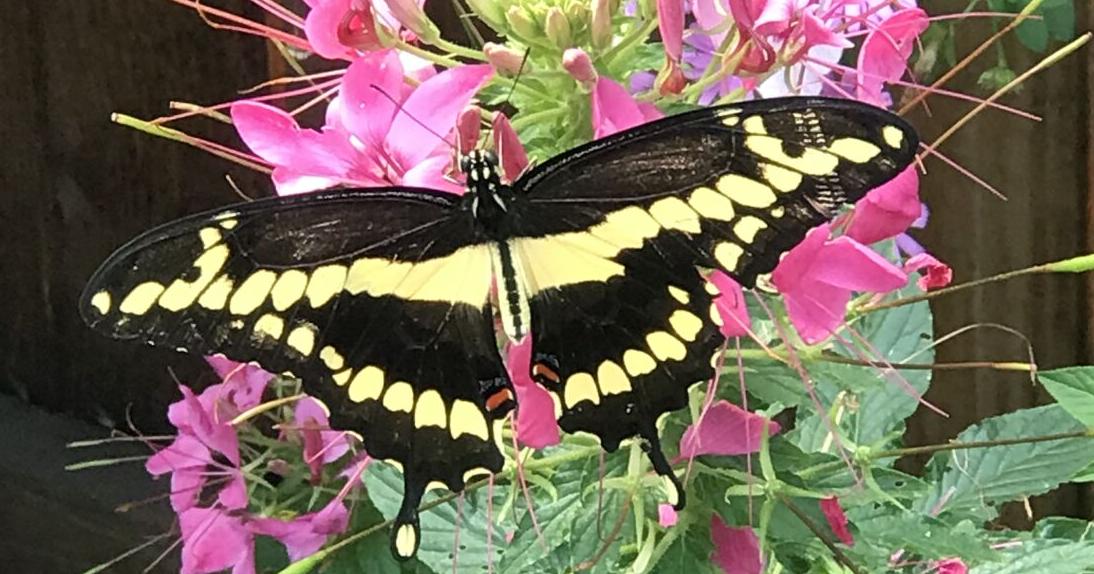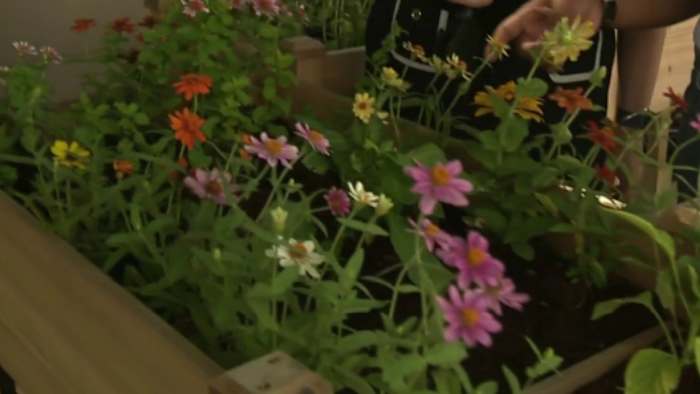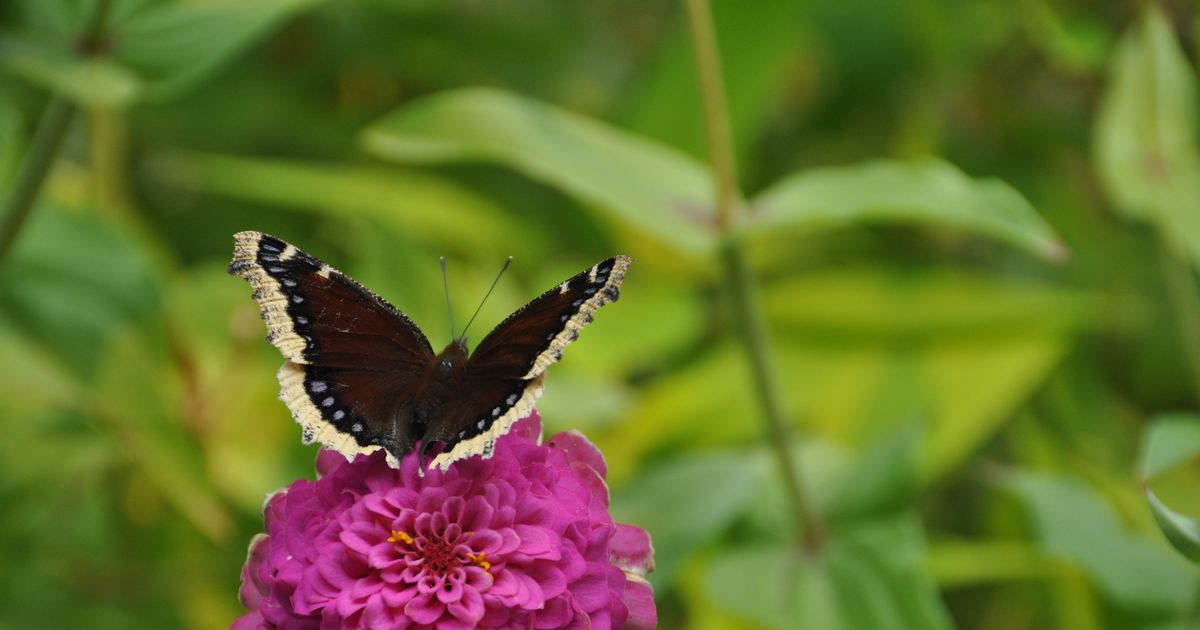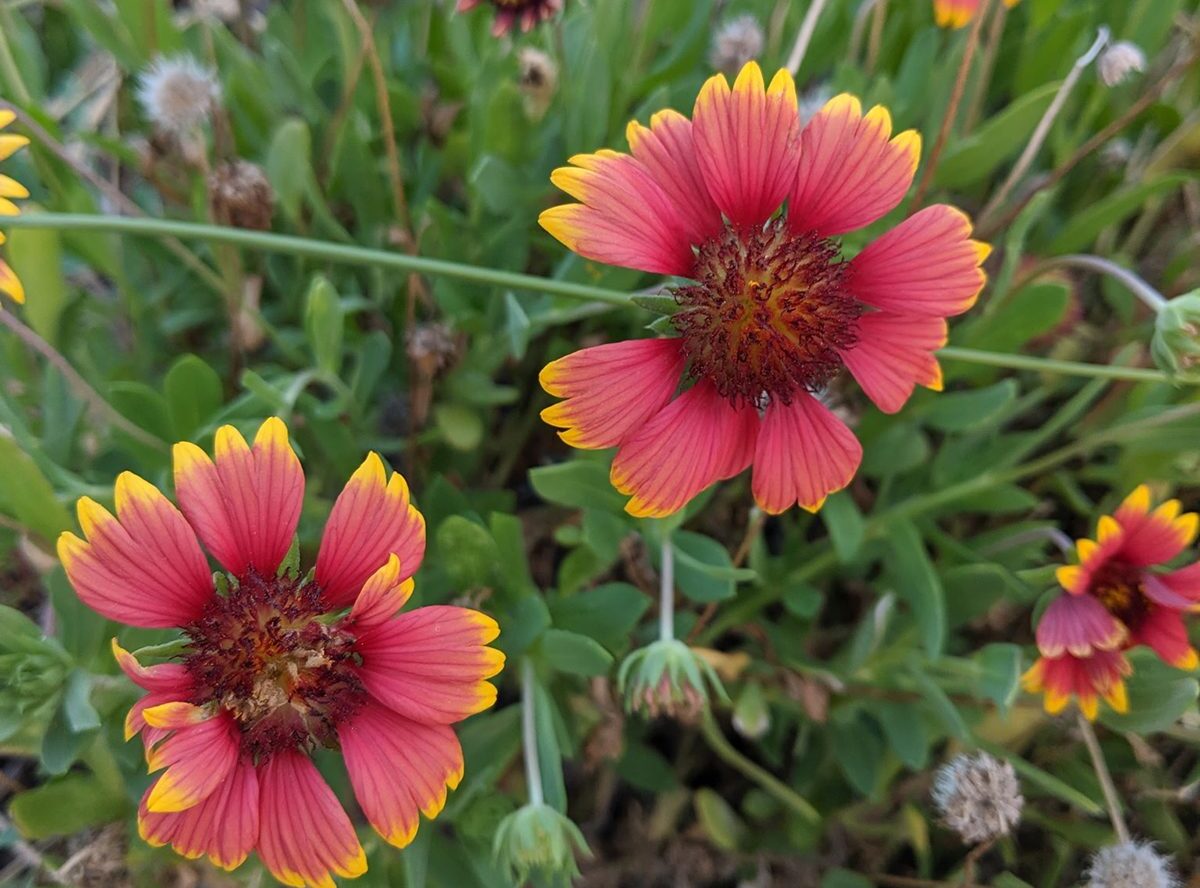âAmerica the Beautifulâ were the words penned by poet Katharine Lee Bates on July 22, 1893. Bates taught English at Wellesley College and loved to travel. Her home was filled with souvenirs from faraway lands. But her most important travels came in the U.S.
Bates took a train from Boston to Colorado in 1893 to lecture during the summer session at Colorado College. While in Colorado Springs, she hiked and rode a prairie wagon to the top of Pikes Peak. When sitting atop the summit, she was so inspired by what she saw she wrote a poem: âAmerica the Beautiful.â It was first published two years later on the Fourth of July.
Our spring chores are finally done; itâs time to reap the benefits. Here are a few things to consider in July.
⢠Horticultural assessment and pest mitigation: Regularly inspect plants for signs of pest infestation or disease manifestation, such as leaf abnormalities, stunted growth, or malformed produce. Early detection is crucial for effective intervention. Colorado State University Extension offers valuable resources for insect identification and management strategies. When utilizing pesticides, meticulously adhere to label instructions.
⢠Iris division: Iris rhizomes multiply and become crowded; this can lead to reduced flowering and increased susceptibility to diseases like iris borer and soft rot. When the iris no longer flowers, itâs a sign that the plant needs division. Dig up the entire iris clump. Gently pull apart or cut the rhizomes (the fleshy underground stems). Each division should have at least one fan of leaves and healthy roots. Inspect the rhizomes and discard any damaged or diseased parts. Cut the leaves back to about 6 inches to reduce water loss while the plant is reestablishing its roots. Replant the healthy divisions in a sunny location with well-drained soil. Plant the rhizomes shallowly, with the top exposed to the sun or just barely covered with soil. Water thoroughly after planting. Note: Bearded irises typically bloom sparsely the spring after dividing, but should be in full bloom by the second year.
⢠Pruning for structural integrity: Pruning evergreens up to (approximately) July 15 is advisable to minimize the risk of frost damage to tender new growth. Although deciduous trees and shrubs are optimally pruned during dormancy, removing any damaged or diseased branches is recommended in July.
⢠Harvest maximization: July signals the onset of harvesting for numerous vegetable, fruit and herb varieties. Gathering ripened produce promotes continued productivity and prevents nutrient depletion. Consider preserving excess bounty through methods such as dehydration, fermentation, freezing or canning to extend your harvest throughout the year.
Following the inspiration of Bates, look west to the section of the Rockies we call our own, recognizing America the beautiful in Coloradoâs purple mountain majesties above the fruited plain!
Submit gardening questions to [email protected] or call 719-520-7684. The in-person help desk is open 9 a.m.-noon and 1-4 p.m. Mondays, Wednesdays and Thursdays. Visit elpaso.extension.colostate.edu and register for upcoming classes at epcextension.eventbrite.com.









